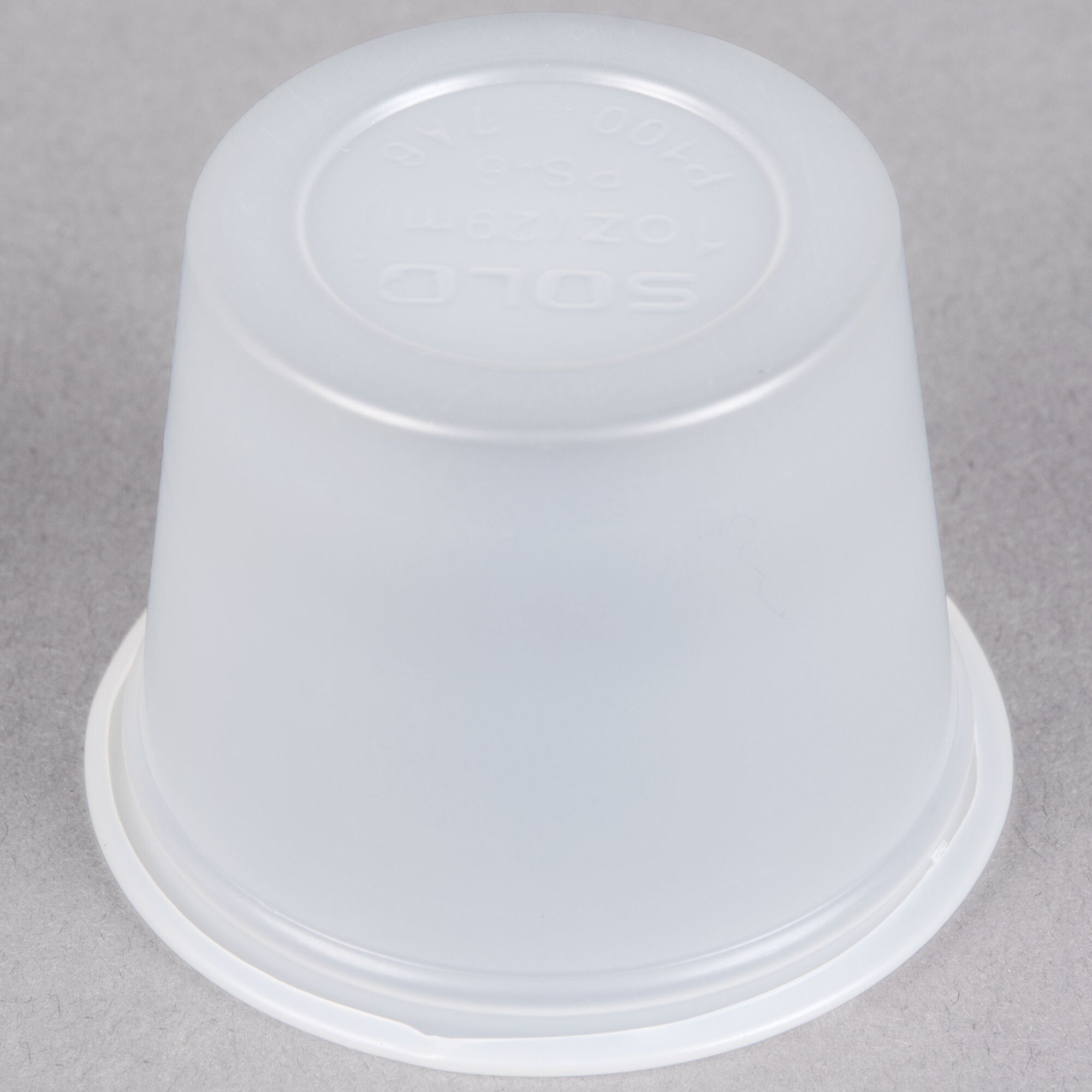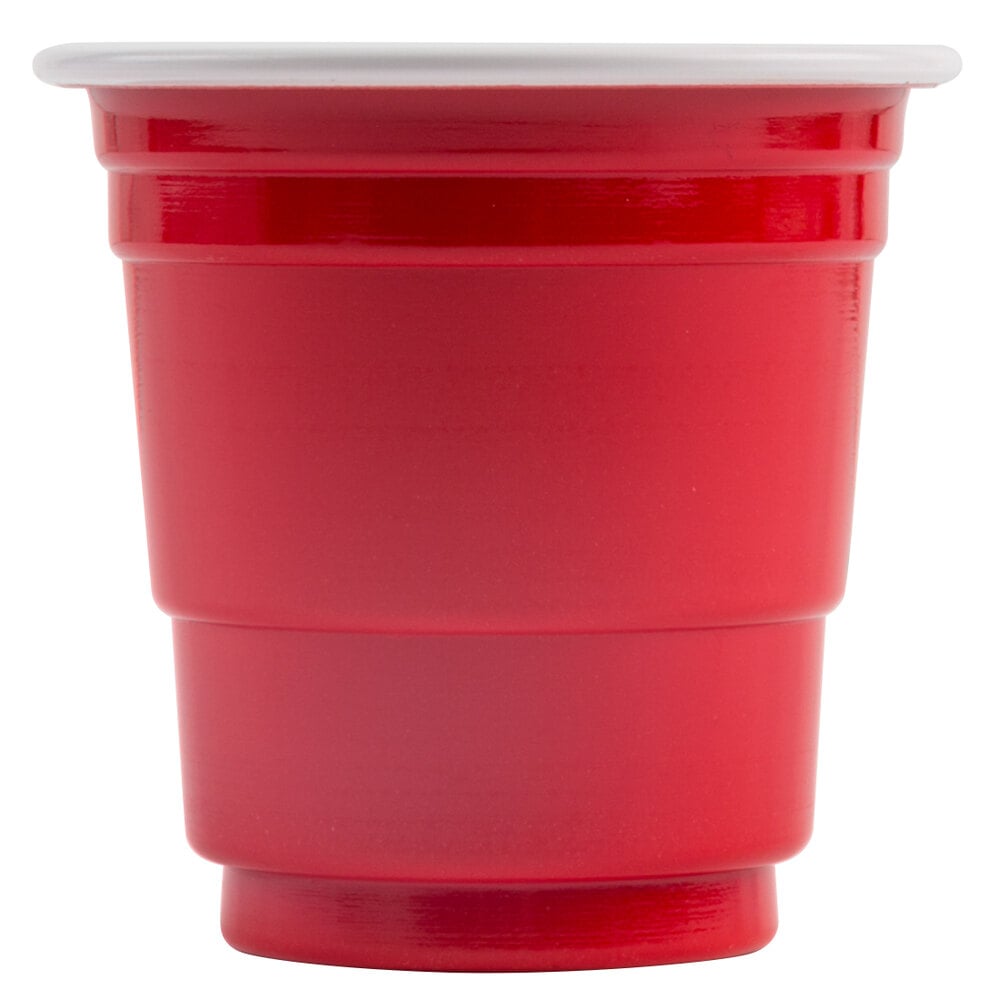Most of the small speakers that Lionel uses to good effect have no ports, I think for the size of the speakers involved, I'd skip trying to figure out ports.
I hasten to add, even a tiny speaker "can" benefit from ports, but I suspect there's a lot of acoustic design work involved in laying out exactly where and how big the ports are. One only has to disassemble a few old laptops to see how the sound engineers make laptop sound so good with such tiny speakers.
While I fully agree that crafting ports and enclosures to produce a wide range of fidelity across the audible range is a real challenge best left to audio engineers, almost *any* effort to increase the distance sound has to travel between the front and rear of the speaker will result in significant increases of volume produced by the speaker, especially with the lower frequencies. It's like the difference in trying to stir your coffee with a straw, or with a teaspoon!
It doesn't have to be elaborate, either -- *anything* that increases the distance air has to travel between the front and back of the speaker will help. For instance, when I installed crossing bell modules, the tiny speakers could barely be heard above the ambient train sounds. To give them a boost, I centered the speakers in rings of foam board, then glued the rings inside half-length toilet paper tubes, which also provided cover for mounting the modules next to the speakers. I got a good 2-3 times boost in volume over the bare speakers IMHO:
Note: in the test video, my DIY "ported" speakers are in the white tubes visible near the crossing gates, but even after their subsequent installation below the layout, the sound is still easily audible.
So, if you can mount the speaker tightly over a grill or hole(s) in the chassis or shell, and open another hole as far from the speaker as possible, I predict you'll get a significant boost in volume over that of the bare speaker.
[And BTW, even the engineers sometimes muck it up. In another life, I played bass using, at peak, two Fender Dual Showman amps, each driving two Dual Showman bottoms, each of which had two JBL 15" speakers, for a total of eight 15" woofers. Should have been sufficient, right? Not quite -- as it happens, the speaker enclosures were *not* ported, which not only reduced the bass volume but resulted in all too frequent blown speakers when I dialed it up to "11"! Modern bass speaker enclosures are *much* better designed, with ports and enclosures that both enhance the bass response *and* reduce the back pressure that can damage the speakers. *sigh*]






